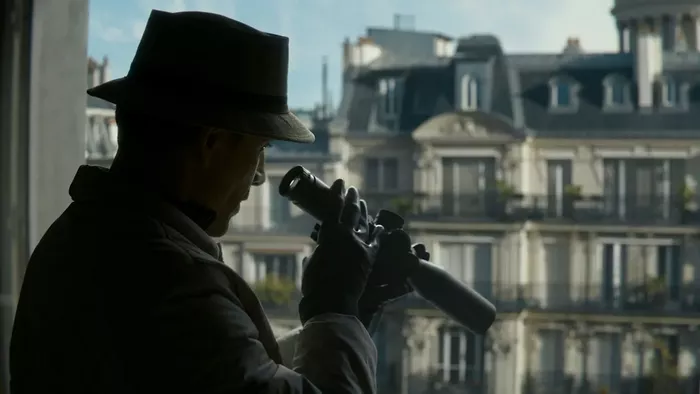In the realm of cinematic excellence, David Fincher’s The Killer stands as a compelling testament to the marriage of meticulous direction and stellar performances. Michael Fassbender’s remarkable acting approach in this film is nowhere more evident than in the final shot, where a subtle yet impactful detail adds layers to his character, leaving audiences in awe of the actor’s craft.
I. The Final Shot: A Glimpse into Humanity
The climactic final shot of The Killer serves as a microcosm of Michael Fassbender’s nuanced portrayal of his character. As the narrative reaches its zenith, Fassbender’s character, known for his stoic and precise demeanor throughout the film, experiences a moment that reveals a hidden layer of humanity. It’s not a grand gesture or an overt emotional display, but rather a subtle eye twitch that speaks volumes. This minute yet powerful detail hints at an internal shift, a crack in the veneer of the character’s unyielding exterior, and showcases Fassbender’s ability to convey depth with the most understated of expressions.
II. David Fincher’s Return: The Killer’s Swift Ascent on Netflix
The Killer not only stands out as a showcase for Michael Fassbender’s acting prowess but also marks David Fincher’s return to the director’s chair following the critically acclaimed Mank. As a master of his craft, Fincher brings his signature directorial style to The Killer, creating a cinematic experience that seamlessly weaves together suspense, drama, and psychological intensity. The film’s swift ascent to the top of Netflix’s movie charts is a testament to Fincher’s ability to captivate audiences with his storytelling, leaving them eager for more of his directorial magic.
III. Fassbender’s Commitment: Not Blinking as a Character Choice
One of the remarkable facets of Michael Fassbender’s performance in The Killer is his unwavering commitment to a unique character choice—his decision not to blink throughout the entire production. This deliberate and challenging approach aligns seamlessly with Fincher’s relentless directorial style, where precision and attention to detail are paramount. Fassbender’s portrayal of the stoic and unblinking Killer is a testament to the actor’s dedication to his craft, as he immerses himself fully into the character’s psyche, enhancing the film’s overall impact.
IV. Enhancing the Stoicism: Fassbender’s No-Blinking Commitment
The decision not to blink might seem like a minor detail, but in the context of The Killer, it becomes a defining aspect of Fassbender’s portrayal. The absence of blinking intensifies the character’s stoicism, creating an aura of unwavering focus and precision. This commitment adds a layer of authenticity to the Killer’s persona, making every calculated move and emotionless gaze more impactful. Fassbender’s dedication to this specific detail showcases the lengths to which actors can go to authentically embody their characters and contribute to the overall narrative vision.
V. Crafting a Cinematic Masterpiece: Fincher and Fassbender’s Collaboration
The collaboration between David Fincher and Michael Fassbender in The Killer is a cinematic synergy that elevates the film to masterpiece status. Fincher’s meticulous direction, coupled with Fassbender’s immersive and detail-oriented acting approach, creates a viewing experience that transcends the boundaries of conventional storytelling. The hidden details, such as the final shot’s eye twitch, become the brushstrokes in a larger canvas of storytelling excellence.
Conclusion: A Cinematic Revelation
In the final shot of The Killer, Michael Fassbender’s eye twitch becomes a cinematic revelation, a subtle detail that speaks volumes about the character’s journey. It is a testament to Fassbender’s ability to infuse nuance and depth into his portrayal, offering audiences a glimpse into the inner workings of a complex character. As The Killer continues to make waves on Netflix, it stands not only as a gripping thriller but also as a showcase of the hidden brilliance in Michael Fassbender’s performance—an actor who understands that sometimes, it’s the smallest details that leave the most significant impact on the audience.

